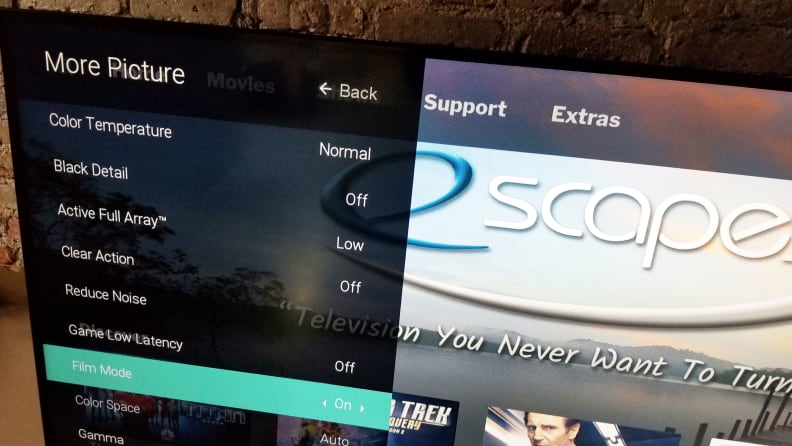how to fix input lag
TVs are more complicated than they've ever been. Basic picture settings like brightness, color, and tint are nothing new, but now, there are dozens of parameters to fiddle with, and they don't always play well with video games.
Luckily, there are a few common culprits behind input lag, and a few easy fixes you can do, most of which just involve toggling something in the picture menu. Of course, optimizing your TV for gaming involves owning a TV to game on—we can help you out with that, too: check out our list of the best gaming TVs.
What is input lag?
Game consoles are subject to a potential problem called input lag. Input lag is what happens when the TV is doing so much image processing that a physical input from the player (on a video game controller) takes too long to register on screen. So, Mario jumps a few milliseconds after you tell him to with your controller.
This is a big problem in games that require split-second reaction time (and by the last levels, most games require split-second reaction time), and it's even worse if you're playing online. Here's a few ways to reduce your input lag.
1. Turn on Game Mode
Designed specifically for use with video games, "Game Mode" is a toggle-able setting . High-end TVs began to offer this feature back in the mid-2000s, and now it's trickled down to just about every TV on the market.
Game Mode is a setting in a TV menu designed specifically for use with video games.
Most of the time, it's a good idea enable Game Mode before you play a video game. Sometimes it's an option under "Video Mode," a preset picture setting. Sometimes it's a standalone setting that you can toggle on or off. It usually turns off motion-smoothing modes (see below), and pumps up the brightness and color saturation. Find it, and use it.
2. Turn off any reduction features
New TVs come with at least a few reduction settings. They usually sit in their own sub-menu within a sub-menu, so it's tricky to find them—and once you do, it's a toss-up whether the TV will even explain the setting. There are tons of names for these settings: Noise Reduction, Mosquito Reduction, NR Reduction, and MPEG Reduction are all likely candidates. Whatever they're called, they always increase input lag.

Credit: Reviewed / Lee Neikirk
Anything that alters the signal between your console's video output and your TV screen can cause input lag, so turn it all off, at least for starters. If you decide that you really need a certain feature, like flesh-tone enhancement, play the game without it at first, and then turn it on—you might notice that it affects response.
3. Turn off motion modes
One of the most controversial topics in TV-land is motion smoothing, which can be useful sometimes, but is generally something you want to turn right off. The phrases hertz (Hz) and refresh rate get thrown around a lot. LG, Sony, and Samsung make it even more confusing, as all have different names and brand titles for their motion smoothing settings.
They all do basically the same thing, though, and they all introduce some kind of input lag. Nearly every TV that we've tested for input lag goes from excellent (sub-30ms input lag) to horrible (over 80ms input lag) just by turning motion smoothing on. It may make the picture look a little better, but you'll be less able to control the game and essentially be eliminating any benefit you get from owning a gaming-ready TV.
how to fix input lag
Source: https://www.reviewed.com/televisions/features/how-to-prevent-game-lag-in-3-easy-steps
Posted by: rosswhicenty.blogspot.com

0 Response to "how to fix input lag"
Post a Comment